You can get different vegetables like tomato, squash, and other warm-season plants in summer. At the end of summer, gardeners start to plan for fall planting. After the harvesting, the summer crops, there is space in the garden so you can sow the seeds for fall to make your garden productive again.
You can try fast-growing salad crops to fill the summer vegetable beds. You can also plant root crops like beets, carrots, and radish, other options are spinach, cabbage, and cauliflower.
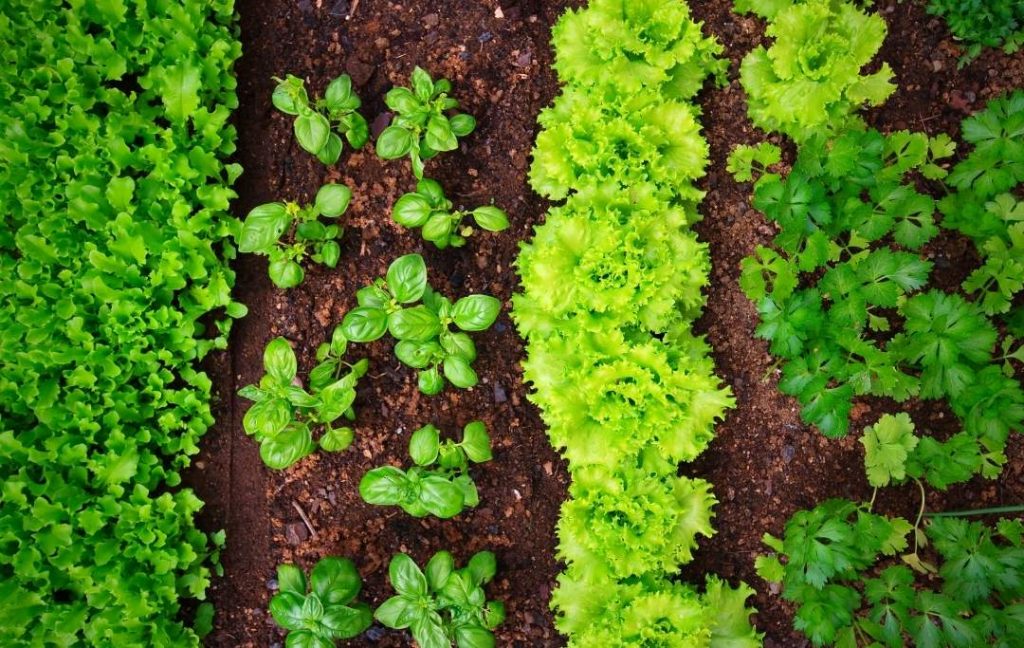
Little sunlight is available in fall so these crops need extra attention for maturity. In these dull days of the year, these crops can be survived if you provide them with your attention. In most areas, fall crops will be ready to harvest in September and October.
But one thing, the height of the summer is not a suitable time for sowing. After summer it is a challenge to plant fall crops according to the schedule because hot weather, heavy rain, and heavy pest pressure are the most common factors which affect your fall planning.
If you maintain your garden then this is not a problem for you. Your little investment in your garden will pay you back, in the result of fresh vegetables from your own garden for your kitchen.
You have to take care of some things before planting fall crops. The following points might be helpful for you to start your fall garden.
Before Planting, Time Must Be Taken Into Account
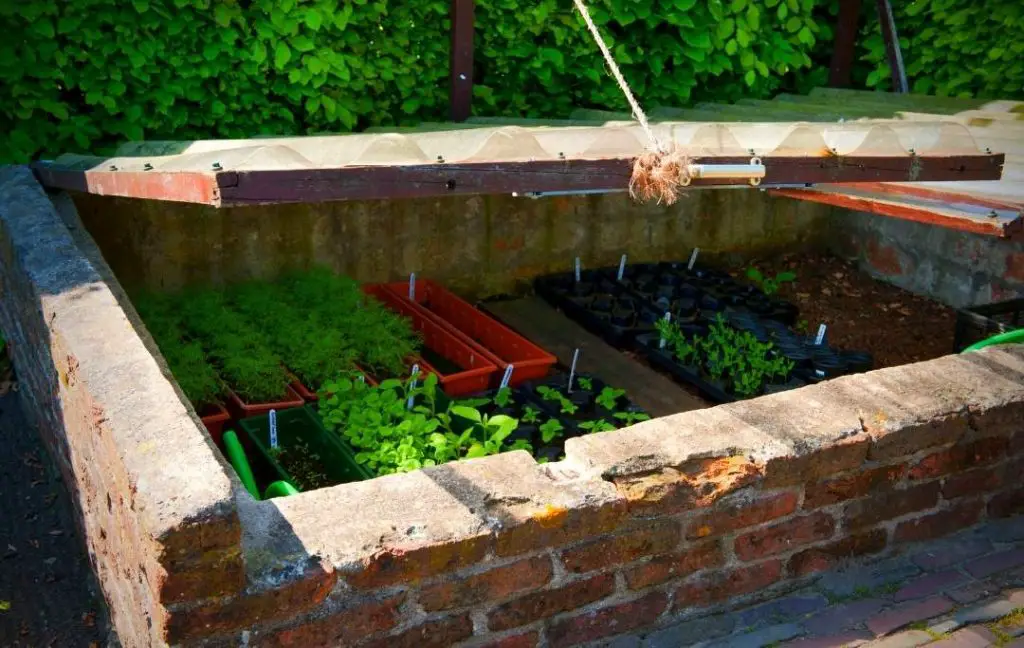
When fall starts and you start thinking about planting the crops, this is not the right time for your sowing. Time is a secret to get good production of your plants in the fall season, but this will happen if you make a plan early.
If you want to become successful as a gardener in fall and adequate winter harvest, you have to start late season crops in the peak of Summer. It is possible to start autumn crops while the weather is still hot.
This depends on the nature of the crop. If you want to grow crops like lettuce and radish so you should plant them in late September. For example, if your first fall frost occurs around October 31 and you want to grow a dish that needs 25 days for its maturity.
So you can plant them on September 22 and get your first harvest easily. But on the contrary broccoli and carrots need several months and suitable conditions to mature before frost. You should take care of the first average frost date of your area.
Make Room for Fresh Crops
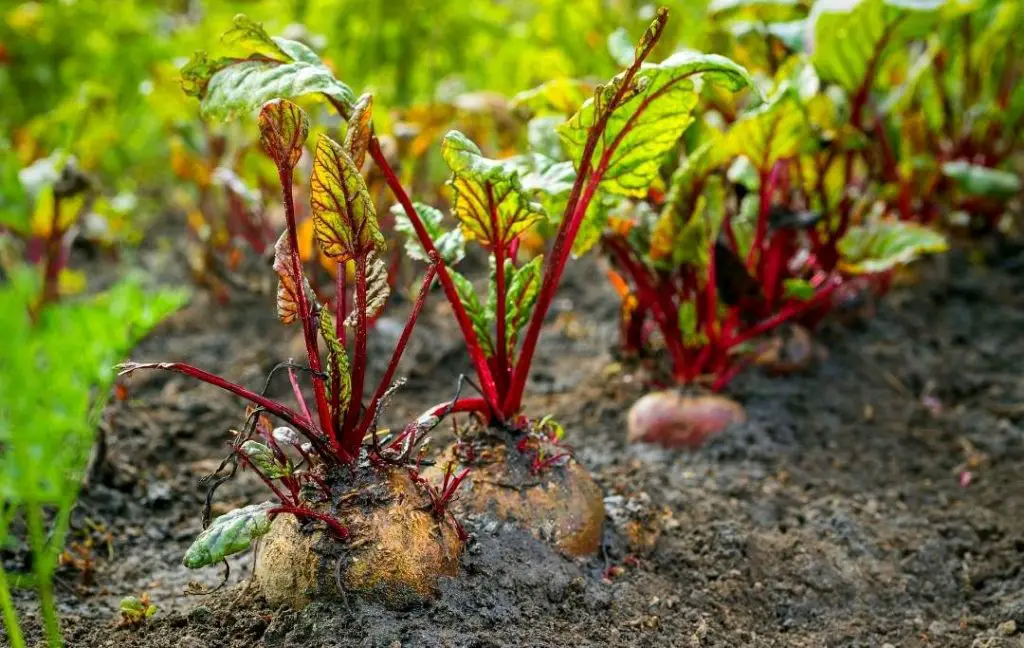
You can remove garden crops that are not performing well such as any vegetable or plant withered due to disease or they have burnt because of the heat of the Sun. Another important task is to pull weeds to prevent your new growing plants, otherwise, they will steal moisture and nutrients from the soil.
You can make compost at home or buy from the market to spread on the planting bed to incorporate a two to three-inch layer. This way your fall vegetables get a favorable beginning. Compost is good for your new growing plants.
Prepare Soil For Fall
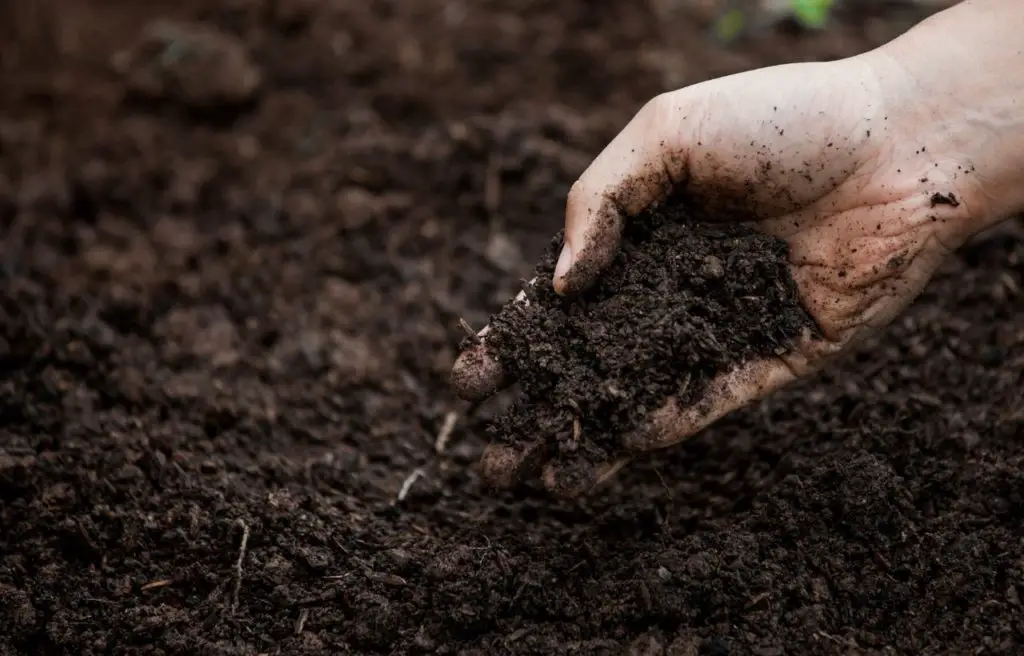
If you want a better growth of vegetables from your garden then you have to take care of soil fertility. Healthy soil is full of life, it contains millions of beneficial bacteria, microbes, insects, and fungi if you want to till the soil.
First, you should keep in your mind, a shallow till of 2 to 3 inches is actually necessary. Secondly, you should cover up the soil with wood chips, dry leaves, and manure as a blanket to cover the top of the soil.
This prevents it from drying out and the soil gets food. In the last, you should amend the soil. Every season, plants absorb energy and nutrients from the soil. When you start next season for planting you have to add compost on the top of the soil.
Read More: How To Make Compost At Home Using Kitchen And Garden Wastes
Best Vegetables to Plant in a Fall Garden
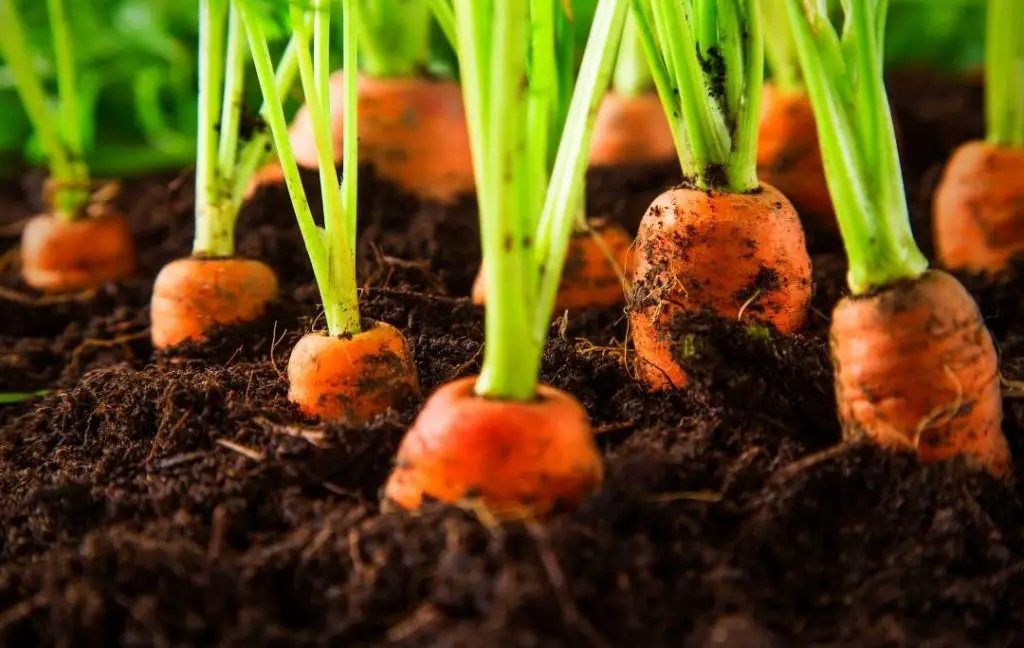
Plenty of vegetables can easily endure cool temperatures. They can survive in frost if you give them some protection against it, but you have to care one thing that when you start sowing seeds, select the varieties with the shortest seed to harvest time period.
Although some cool-season vegetable needs about three months to mature from seed and might not seem ideal for the fall garden, you can either start seeds in pots, in a cool shady spot, or transplant them where there is a space freed up in your vegetable garden in the fall.
Following vegetables can easily grow in winter if you are living in a zone where temperatures rarely dip below 20 Fahrenheit.
- Broccoli
- Cabbage
- Carrots
- Cauliflower
- Kale
- Mustard
- Radish
- Turnip
- Lettuce
- Swiss Chard
- Rutabagas
- Leeks
- Beets
- Brussels sprouts
The vegetables arugula, spinner, spinach, turnips, and crispy red radish are ready to harvest in little more than a month. These vegetables grow very fast and you will have baby plants to add to stir-fries and soups just three weeks after sowing.
The best vegetables which will grow well in early winter are spinach and kale. when freezing weather arrives do not harvest leaves. If you protect spinach by a blanket of snow or a plastic tunnel, spinach can survive winter and produce leaves in Spring.
If you plan properly, you may be able to harvest from the garden all through the cold season and into the early Spring. In the fall garden, after maturity your crops due to cool weather hold longer, like broccoli, cabbage and kale can live for months in the garden after they reach maturity.
It is a plus point of fall gardening, you can’t believe that the fast-growing crops like spinach, cilantro, and lettuce will hold their quality longer. So, the fall or the winter garden will become a refrigerator for your vegetables.
Read More: 20 Vegetables That Grow In Winter
Sowing Seed for Fall
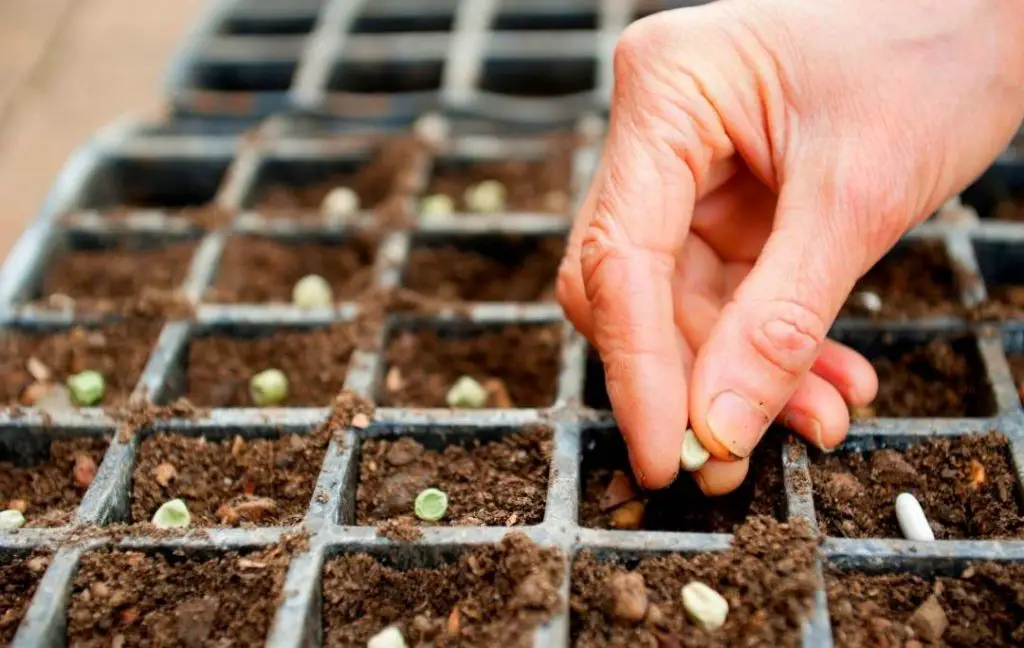
Before starting showing seat for your file you have to take care of three things
- What agriculture zone you live in,
- What is the first frost date of your area,
- The days of maturity of any particular vegetable or fruit you are growing.
You need a perfect plan for this after doing research on three things which are mentioned above. After some research, you can easily come to know, what is the predictable life span of any vegetable or fruit, meaning that you can easily anticipate approximately how long it will take to reach harvestable size.
The lifespan of any crop is usually defined by the phrase days to maturity, which mentioned above. Days of maturity depending upon the environmental conditions of your climate or area.
These days are very accurate and this will help you to find out when you will start sowing seed in your fall garden. Simply count back from your first frost date based on your days to maturity to determine when you should start your seeds.
For example, if you want to grow broccoli in your fall garden then it takes 100 days to mature and your first date is November 15. That means you have to start broccoli seeds around mid-July.
In this way, you can easily find out when to sow seeds of all the vegetables and fruits you want to grow in your fall garden. It needs some calculation but the result of this little hard work is very awesome.
Most of the gardeners and farmers grow vegetables for their garden from seeds. to Use a high-quality seed and mixed soil for better results. If you are reusing the containers, you have to wash them in the solution of one part bleach to 10 parts of water to kill any disease organisms that might be lurking about.
Tips For Fall Garden
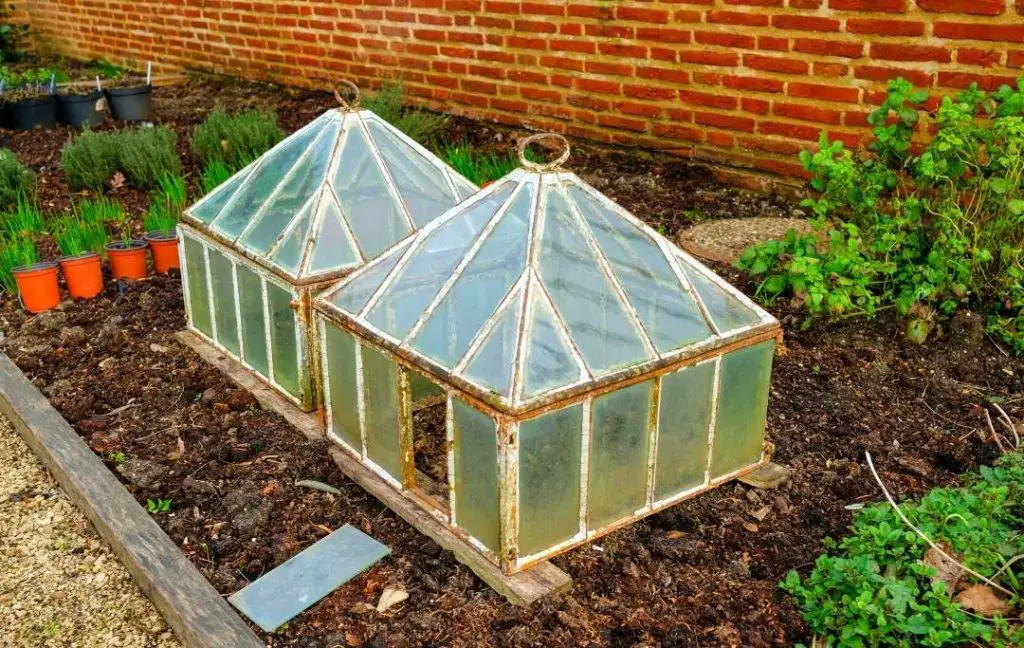
You have to take care of your fall garden, it needs your proper attention. You can start a fall vegetable garden in almost any climate but your crops will vary depending on your location.
Many plants easily grow in cool weather but they need to be started while it is still a bit warm and the days are longer. Here are some tips which will help you to maintain your fall garden.
- Water your vegetable plants well during the height of Summer. The best way is to water them about one inch and weekly.
- Keep an eye on the holes or spots you found on the plant leaves. These are pests and diseases which will destroy your plants if you at once take notice of this, it will prevent your plants from destruction.
- Preventing your plants from frost is a great challenge. You have to cover your garden with an old sheet, blanket, tarp, or row cover when frost is forecast.
- Plant seeds deeper in the fall than in the spring. The ground is warmer in fall. Planting them a little deeper so they get down cool and moist.


